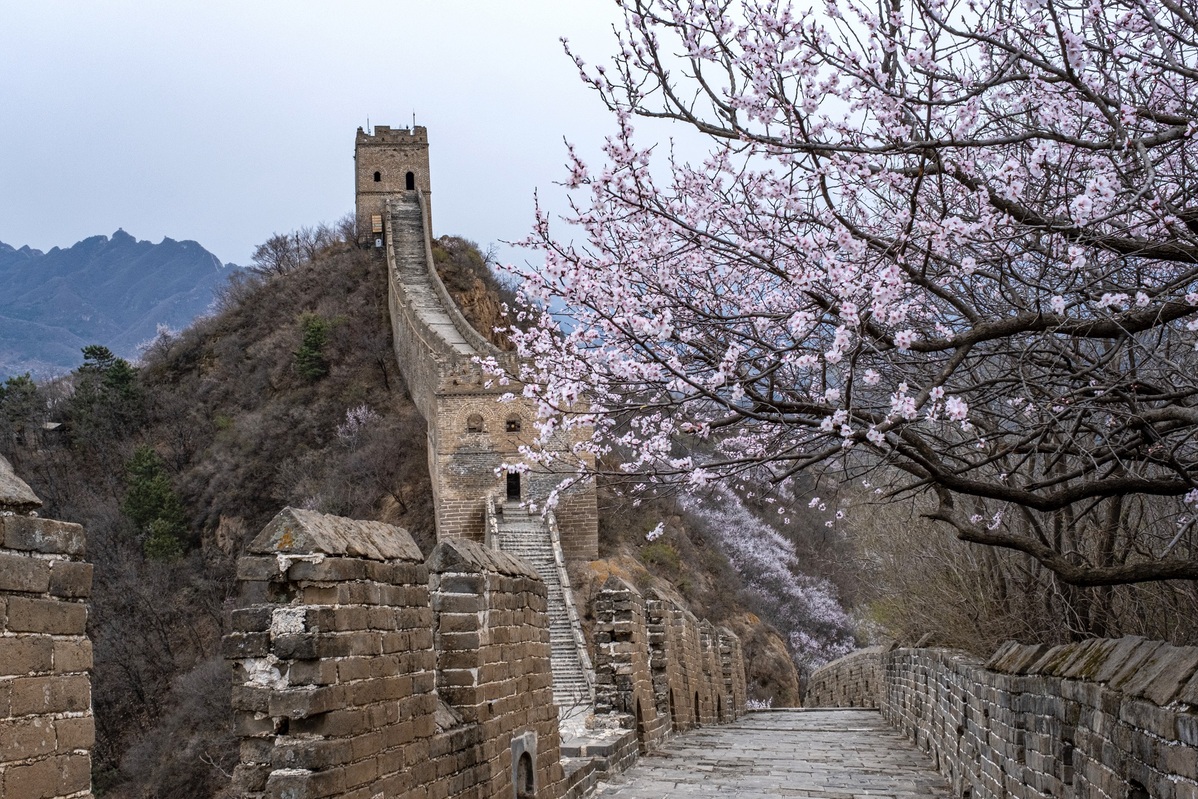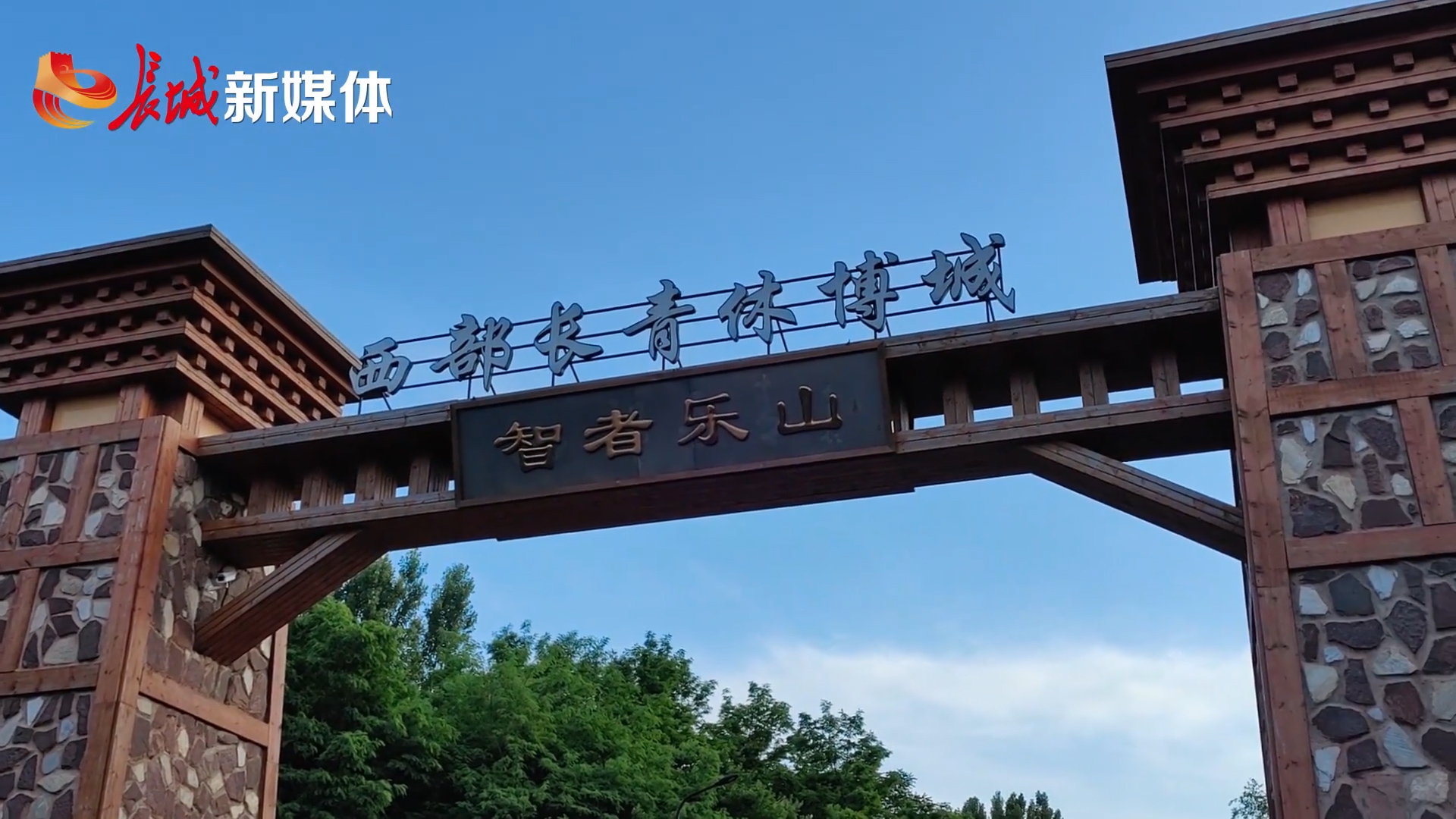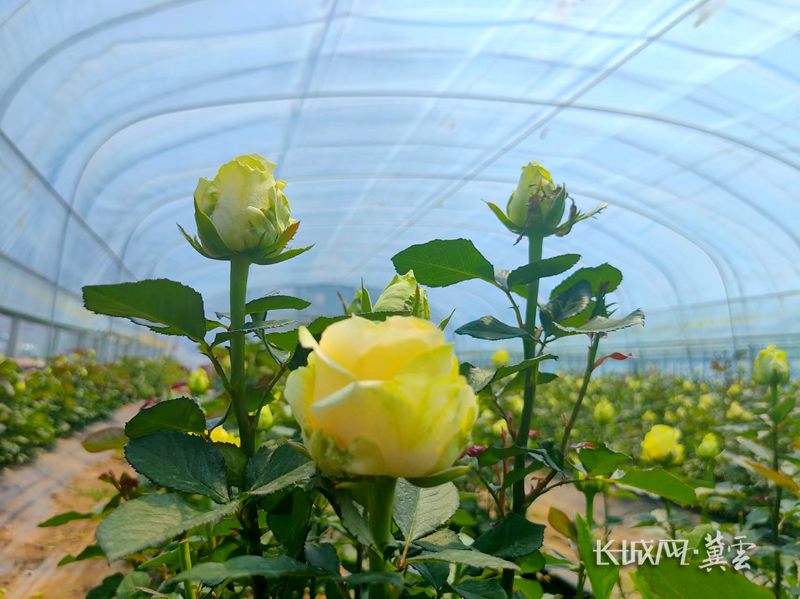
A photo shows the Jinshanling section of the Great Wall in Luanping county of Chengde, Hebei province. [Photo by Guo Zhongxing/For chinadaily.com.cn]
In response to growing concerns over the deteriorating state of the Great Wall, China's cultural heritage authorities issued a circular recently outlining enhanced measures to safeguard the iconic structure.
The Great Wall faces multifaceted threats from human factors such as improper protection methods, illegal industrial projects and disorderly tourism development, as well as the impact of natural weathering.
The National Cultural Heritage Administration has directed lower-level authorities to collaborate with other local government departments in conducting comprehensive surveys, categorizing Great Wall resources and devising specific coordinated protection plans.
Emphasizing the preservation of sections that still feature buildings, the directive urges efforts to maintain their structural integrity and preserve historical information. For areas where buildings have collapsed or disappeared, the focus should be on preserving the site as it stands, clearly marked, with strict prohibitions on rebuilding or large-scale restoration.
Concerning tourism development, the administration calls for cautious planning, discouraging haphazard infrastructure projects like footpaths, parking lots, tourist centers and museums. Ticket revenues generated from Great Wall tourism should be dedicated entirely to preservation efforts, ensuring a sustainable approach.
The administration has ordered more management efforts, including increased monitoring, patrolling and stringent project approval processes. Timely reporting of actions that may jeopardize the Great Wall is compulsory, and those responsible for damage should be held accountable.
Sections of the Great Wall have suffered damage recently, with the Ministry of Ecology and Environment uncovering five cases during ecological inspections. In one of the cases, the government of Xinxiang in Henan province was accused of inadequate oversight of sand and stone mining, resulting in damage to sections of the Zhao Great Wall, dating back to the Warring States Period (475-221 BC).
The Zhao Great Wall, believed to be the oldest existing section — predating Emperor Qinshihuang's large-scale construction in 214 BC-holds significant historical value despite its current state of ruin.
However, only 855 meters of a 3-kilometer section remained standing in Weihui, Xinxiang, due to illegal mining, according to a report by China Environment News, which is managed by the ministry.
Investigations revealed that the local government had approved the mining without consulting cultural heritage departments, and the company involved had failed to report that the location included the important historical site.
In a similar case in 2018, an illegal wind power project damaged 756 meters of the Zhao Great Wall in Huixian, another city in Xinxiang. More than 20 local officials were punished, and four people were given prison terms.
In September, two people were detained in Shanxi province for damaging a section of the Great Wall with an excavator. A man and a woman used the excavator to widen a gap in a section of the No 32 Great Wall in Youyu county in late August. The wall, which dates back to the Ming Dynasty (1368-1644), was damaged beyond repair.
The duo, who had been contracted to work on a construction project nearby, admitted to using the excavator to make it easier to pass through the wall. They have been charged with destroying a cultural relic.
Editor: Li Wenpei






